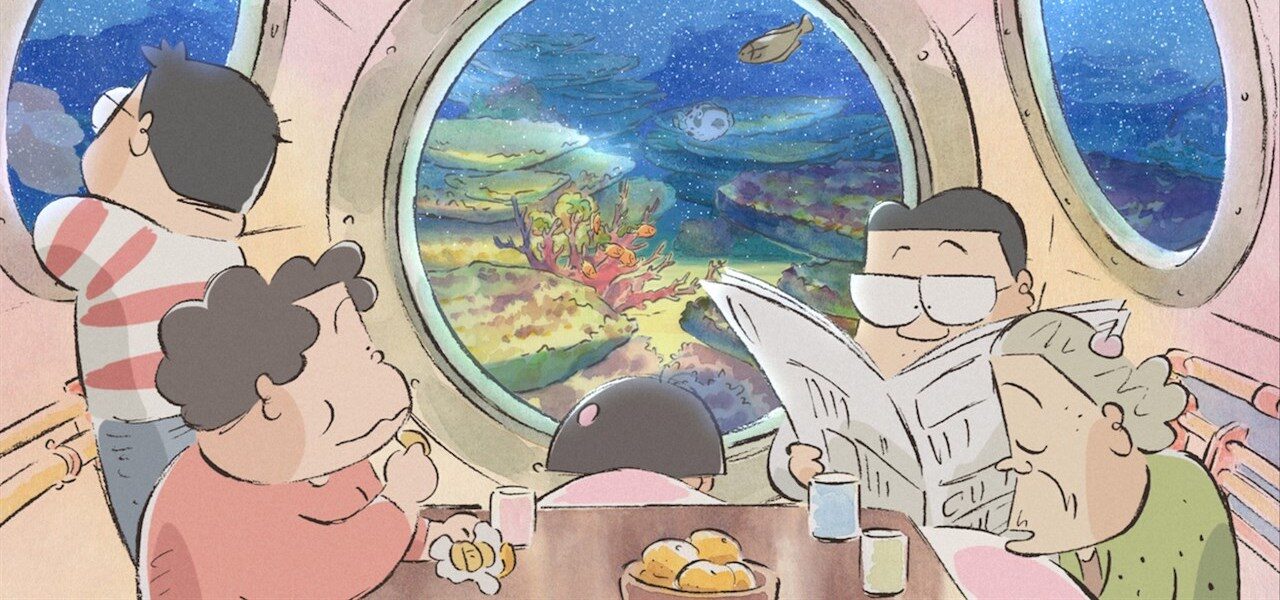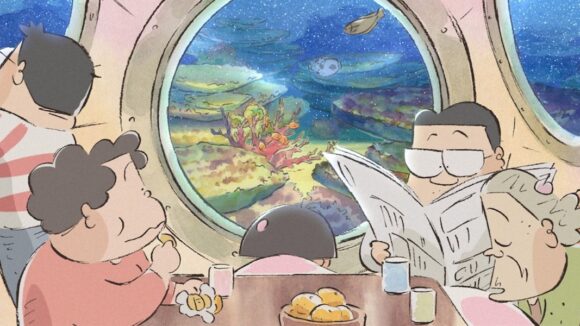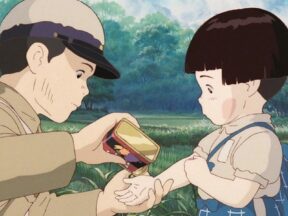

Isao Takahata’s Features Will Screen At The Academy Museum This Month
The Academy Museum’s exhibition on Hayao Miyazaki has yielded a fascinating spin-off event: a retrospective of the films of Isao Takahata, Miyazaki’s longtime colleague, mentor, friend, and rival of sorts.
“Everyday Life: The Films of Isao Takahata,” which runs February 3–16 at the L.A. museum, will feature screenings of all Takahata’s features, including a few rarities. If you yearn to watch his three-hour live-action documentary about a medieval canal system on the big screen, now’s your chance.
The Ghibli Years
Takahata joined Miyazaki in launching Studio Ghibli in 1985, the pair having collaborated on many features, series, and theatrical specials since the 1960s. Takahata, the senior partner, generally directed these early collaborations, while Miyazaki played key roles in visual development and production, as well as storytelling.
At Ghibli, each directed his own features more or less independently of the other. While Miyazaki forged the studio’s house style with blockbusters like Kiki’s Delivery Service (1989) and Spirited Away (2001), Takahata released a more disparate set of films that were often formally experimental. While not all box-office hits, they depict social relations with a nuance and depth rare in animation, earning the director critical acclaim.
Takahata is best known in the U.S. for his five Ghibli films, which range from the searing World War II drama Grave of the Fireflies (1988) to his rapturous folkloric swansong The Tale of the Princess Kaguya (2013). They will all play at the Academy Museum, as will several key early collaborations with Miyazaki: Takahata’s debut feature The Great Adventures of Horus, Prince of the Sun (1968), and his theatrical specials Panda! Go Panda! (1972) and Panda! Go Panda! The Rainy Day Circus (1973).
Takahata Rarities
Of greater interest to hardcore fans are the screenings of Takahata’s other features, which have never received a home release in the U.S. Chie the Brat (1981) is a ribald comedy set in the Osaka demi-monde, while Gauche the Cellist (1982) is a warm, quirky adaptation of a Kenji Miyazawa story about a musician trying to learn Beethoven’s Pastoral Symphony.
Then there is the The Story of Yanagawa Waterways (1987), the director’s only venture into live action. A slow-burning study of the titular city’s canals and the efforts of locals to preserve them, the documentary is Takahata’s most meditative work — and his most pedantic. Animated inserts depict the ins and outs of canal engineering.
Long overshadowed by Miyazaki, Takahata once again plays second fiddle at the Academy Museum, which has devoted a full-blown exhibition to the former (it runs until June 5). Admittedly, Miyazaki won an Oscar (for Spirited Away), whereas his colleague only ever managed a nomination (for Kaguya).
But Takahata’s remarkable six-decade career deserves more. Sure enough, since his death in 2018, his work has been made the subject of a magisterial exhibition in Japan. Here’s hoping something like it comes Stateside soon.
For details of the retrospective, head to the Academy Museum’s website.
Image at top: “My Neighbors the Yamadas” (1999)

.png)
